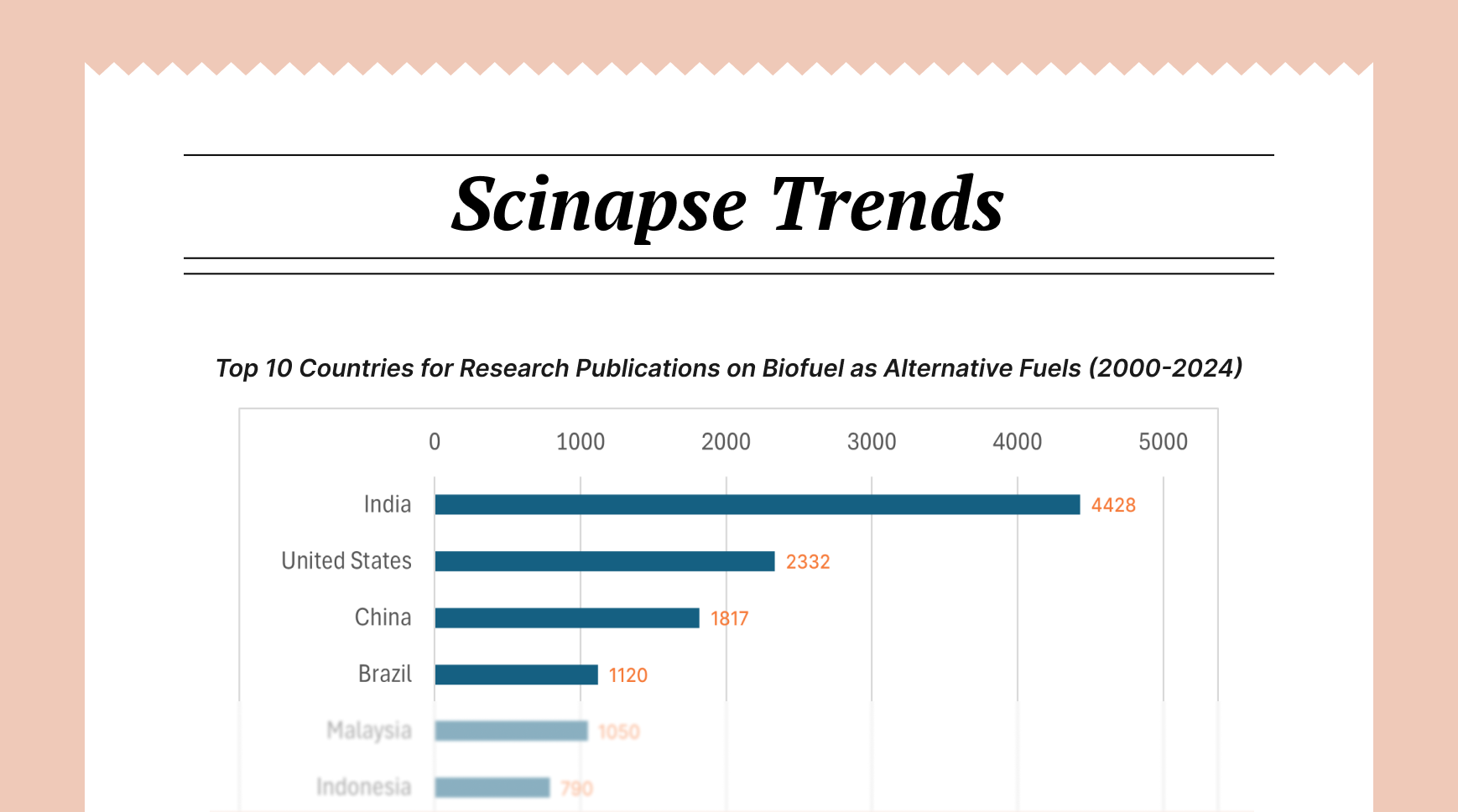How to Address Contradictory Findings in Literature Reviews

When conducting a literature review, encountering contradictory findings is not just common—it's almost inevitable. Researchers examining the same phenomenon often arrive at different or even opposing conclusions. These contradictions can be frustrating, but they also represent valuable opportunities to deepen understanding and advance knowledge in your field. This article explores strategies for effectively addressing and making sense of contradictory findings in literature reviews.

Understanding the Nature of Contradictions
Contradictory findings occur for numerous reasons. They may stem from methodological differences, varying theoretical frameworks, different sample populations, or even the evolution of knowledge over time. Before attempting to reconcile contradictions, it's essential to understand their nature and origins.
First, determine whether contradictions are genuine or merely apparent. Sometimes what appears to be contradictory reflects complementary aspects of a complex phenomenon. In other cases, findings may seem contradictory due to imprecise terminology or differences in how key concepts are operationalized across studies.
When contradictions are genuine, they typically fall into several categories:
- Methodological contradictions (arising from different research methods)
- Contextual contradictions (reflecting differences in study settings or periods)
- Theoretical contradictions (stemming from different conceptual frameworks)
- Statistical contradictions (resulting from different analytical approaches)
Strategies for Addressing Contradictions
1. Methodological Analysis
Examine the methodology of contradictory studies carefully. Consider sample size, participant selection, measurement instruments, and analytical techniques. Studies with larger samples, more rigorous methods, or better controls generally deserve greater weight in your analysis.
Ask questions like:
- How were key variables measured in each study?
- What were the inclusion/exclusion criteria for participants?
- Were there significant differences in how the research was conducted?
This analysis often reveals that contradictions stem from methodological differences rather than the phenomena themselves.
2. Contextual Consideration
Context matters tremendously in research. Contradictory findings may reflect genuine differences in how phenomena manifest across different settings, populations, or periods.
Consider whether contradictions might be explained by:
- Cultural or geographical differences
- Historical context and timing of the studies
- Organizational or institutional settings
- Participant demographics and characteristics
Rather than seeing these contextual differences as problems, position them as boundary conditions that help specify when and where particular findings apply.
3. Theoretical Integration
Different theoretical frameworks often lead researchers to focus on different aspects of the same phenomenon, resulting in seemingly contradictory findings. In such cases, theoretical integration can be powerful.
Look for higher-order theoretical constructs that might encompass contradictory perspectives. Consider whether opposing findings might represent different facets of a more complex reality rather than truly incompatible views.
The goal isn't to determine which theory is "right," but to develop a more nuanced theoretical understanding that accommodates the complexity reflected in contradictory findings.
4. Statistical Reconciliation
When contradictions appear in quantitative studies, meta-analytical techniques can help determine overall patterns and effect sizes across studies. Meta-analysis allows you to:
- Combine results from multiple studies
- Weight findings based on sample size and methodological rigor
- Identify moderator variables that might explain contradictory results
- Calculate aggregate effect sizes that provide a more comprehensive view
Even without formal meta-analysis, examining differences in statistical power, effect sizes, and confidence intervals can help reconcile contradictory statistical findings.
5. Identify Research Gaps
Contradictions often highlight areas where knowledge is incomplete or evolving. Use these contradictions to identify research gaps and opportunities for future inquiry.
Consider whether additional variables, alternative methods, or new theoretical perspectives might help resolve contradictions. Position these as areas for future research in your literature review.
Presenting Contradictions in Your Literature Review
How you present contradictory findings is as important as how you analyze them. Consider these approaches:
1. Thematic Organization
Rather than organizing your review chronologically or by author, structure it thematically around key debates or contradictions. This allows you to directly juxtapose contradictory findings and analyze them side by side.
For example, you might have sections like "Evidence Supporting Theory X" and "Evidence Challenging Theory X," followed by your analysis of how these contradictions might be understood or reconciled.
2. Balanced Presentation
Present contradictory perspectives fairly and thoroughly, avoiding the temptation to overemphasize findings that align with your views. Give adequate space to all significant perspectives, even those you ultimately find less convincing.
3. Analytical Transparency
Clearly articulate your reasoning when you give more weight to some findings than others. If you conclude that one set of findings is more convincing, explain the methodological, theoretical, or contextual factors that led you to this conclusion.
4. Embrace Complexity
Resist the urge to oversimplify by dismissing contradictory findings or forcing an artificial consensus. Academic discourse advances through thoughtful engagement with contradictions, not by glossing over them.
Instead, help readers understand the nuanced reality these contradictions reflect. Position contradictions as evidence of the complexity of the phenomenon under study rather than as problems to be eliminated.
Author: Uttkarsha B
- AI-Ethicist and STM Research & Publishing Expert
Never re-search again.
Scinapse is made by researchers for researchers.
Join the next generation of research at ⏯️ https://scinapse.io/
Pluto Labs
Pluto Labs helps researchers focus on their research by improving several inefficiencies in the academic research process. We offer data-driven insights from academic papers, allowing users to easily obtain review-level results for their desired range of papers.
https://pluto.im/





Comments ()